Home>Articles>Why Does The Smoke Detector Go Off When The Heat Is Turned On?
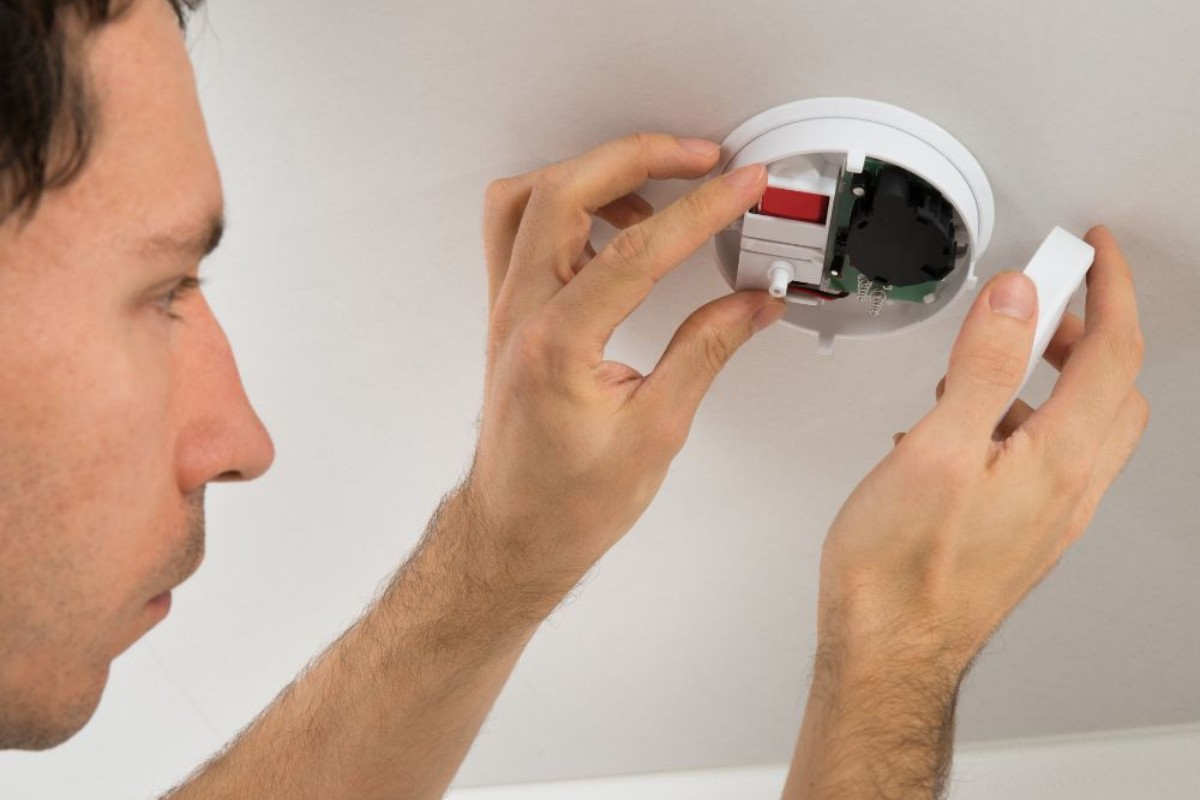

Articles
Why Does The Smoke Detector Go Off When The Heat Is Turned On?
Modified: January 5, 2024
Discover why smoke detectors may go off when heat is turned on. Explore informative articles to understand the possible causes and find solutions.
(Many of the links in this article redirect to a specific reviewed product. Your purchase of these products through affiliate links helps to generate commission for Storables.com, at no extra cost. Learn more)
Introduction
Have you ever experienced your smoke detector going off when you turn on the heat in your home? It can be quite alarming and leave you wondering why this happens. In this article, we will explore the fascinating connection between smoke detectors and heat, and delve into the reasons behind smoke detector activation when the heat is turned on.
Smoke detectors are essential devices in our homes that provide an early warning system in the event of a fire. They are designed to detect the presence of smoke particles in the air and alert us to potential danger. However, it may seem puzzling that they can be triggered by simply turning on the heat. To understand why this happens, let’s explore how smoke detectors work.
Key Takeaways:
- Understanding the connection between heat and smoke is crucial for preventing false alarms in smoke detectors. Regular maintenance, proper placement, and addressing environmental factors can minimize unnecessary panic and ensure effective fire safety.
- Identifying common causes of false alarms, such as dust buildup and cooking activities, empowers homeowners to take proactive measures. Implementing tips like proper ventilation and consulting professionals enhances the reliability of smoke detection systems, promoting peace of mind and safety.
How Smoke Detectors Work
Smoke detectors are typically equipped with either an ionization or a photoelectric sensor to detect smoke particles in the air. Ionization smoke detectors use a small amount of radioactive material to create an electric current in the sensor. When smoke particles enter the chamber, they disrupt the electric current, triggering the alarm.
On the other hand, photoelectric smoke detectors use a light source and a light-sensitive sensor. When smoke enters the chamber, it scatters the light beams, causing the sensor to detect the presence of smoke and activate the alarm.
Both types of smoke detectors are sensitive to different types of smoke particles and work effectively in various fire scenarios. Understanding how smoke detectors work is key to unraveling the relationship between smoke detectors and heat.
The Connection Between Heat and Smoke
Smoke is typically produced when there’s a fire or combustion process, and heat is an essential component of fire. When materials burn, they release smoke particles into the surrounding air. These smoke particles are buoyant and tend to rise along with the heated air.
When you turn on the heat in your home, the heating system directs warm air into the living spaces. This warm air rises and circulates throughout the room, carrying any smoke particles that may be present. The smoke particles, if detected by the smoke detector, can trigger the alarm, even if there’s no actual fire.
The presence of smoke particles in the air due to heating can lead to false alarms from the smoke detector. False alarms can be frustrating and can potentially desensitize us to the actual danger of a fire.
Common Causes of Smoke Detector Activation When Heat is Turned On
There are several common causes for smoke detector activation when the heat is turned on:
- Dust or debris buildup: Over time, dust, pet dander, and other particles can accumulate on the smoke detector’s sensors. When heat is turned on, the warm air can cause these particles to become more active and trigger the alarm.
- Nearby cooking activities: If your heat source is close to the kitchen, the smoke generated from cooking can activate the smoke detector. This is especially true if the smoke detector is improperly placed or not properly maintained.
- Malfunctioning smoke detector: Like any electronic device, smoke detectors can experience malfunctions. Faulty wiring, a dying battery, or sensor issues can cause the smoke detector to go off when the heat is turned on.
- Contaminated air supply: If your heating system draws air from a polluted source, such as a fireplace with incomplete combustion or a malfunctioning furnace, the smoke detector may be triggered by the presence of smoke particles in the air.
Understanding the common causes of smoke detector activation when the heat is turned on can help you troubleshoot and prevent false alarms.
Key Takeaways:
- Understanding the connection between heat and smoke is crucial for preventing false alarms in smoke detectors. Regular maintenance, proper placement, and addressing environmental factors can minimize unnecessary panic and ensure effective fire safety.
- Identifying common causes of false alarms, such as dust buildup and cooking activities, empowers homeowners to take proactive measures. Implementing tips like proper ventilation and consulting professionals enhances the reliability of smoke detection systems, promoting peace of mind and safety.
How Smoke Detectors Work
Smoke detectors are crucial devices in our homes, designed to provide early detection and warning in the event of a fire. They operate based on two primary technologies: ionization and photoelectric sensors.
Ionization smoke detectors contain a small amount of radioactive material that ionizes the air inside the detector’s chamber. This process creates a small electric current between two electrodes. When smoke particles enter the chamber, they disrupt the electric current, causing the alarm to sound.
On the other hand, photoelectric smoke detectors use a light source and a light-sensitive sensor. In normal conditions, the light beam emitted by the source does not impinge on the sensor. However, when smoke particles enter the chamber, they scatter the light, causing it to redirect onto the sensor. The sensor then detects the scattered light and triggers the alarm.
Both types of sensors are effective at detecting different types of smoke particles and detecting fires at different stages. Ionization detectors are particularly responsive to fast, flaming fires, while photoelectric detectors are more efficient at detecting slow, smoldering fires.
It’s important to note that authorities recommend having a combination of ionization and photoelectric smoke detectors in your home to increase the chances of detecting all types of fires effectively.
Smoke detectors are typically installed high on the walls or ceilings of our homes. This placement allows them to detect smoke quickly, as smoke and heat rise towards the ceiling. For optimal coverage, it is advised to have at least one smoke detector outside each sleeping area, on each level of the home, and in every bedroom.
To ensure the proper functioning of smoke detectors, regular maintenance is essential. This includes testing the devices monthly, replacing batteries yearly, and cleaning the detectors regularly to prevent dust and debris accumulation.
It’s worth mentioning that smoke detectors are not foolproof and have limitations. They may not detect smoke if it is obstructed by walls, closed doors, or if the smoke particles are not reaching the detector due to airflow patterns. In addition, they may not be able to detect smoke in large open spaces or outside the range of their sensor capabilities.
Despite these limitations, smoke detectors are vital safety devices that can significantly reduce the risk of injury and property damage in the event of a fire. Understanding how they work and properly maintaining them can ensure their effectiveness and provide peace of mind for you and your family.
The Connection Between Heat and Smoke
Smoke and heat are intrinsically linked when it comes to fire. Fire requires heat, fuel, and oxygen to sustain itself, and smoke is a byproduct of the combustion process.
When a fire ignites, it releases heat energy that causes nearby materials to reach their ignition temperature. As these materials burn, they release smoke particles into the air. The smoke consists of solid particles, liquid droplets, and gases, all of which can be harmful and pose a significant risk to our health and safety.
Smoke particles are typically lighter than air and tend to rise due to their buoyancy. This behavior is why we often see smoke ascending towards the ceiling during a fire. The hot air produced by the fire creates an upward airflow that carries the smoke particles along with it.
Now, let’s explore how heat and smoke are connected to the activation of smoke detectors when the heat is turned on in our homes.
When you turn on the heat in your home, warm air is circulated through vents and heating systems. This warm air rises due to convection, carrying with it any smoke particles that may be present in the surrounding environment.
Smoke detectors are highly sensitive devices designed to detect the presence of smoke particles in the air. When smoke particles enter the detection chamber, they interact with the sensor, either by disrupting the electrical current in an ionization detector or by scattering the light beam in a photoelectric detector. In either case, the smoke detector interprets this as a sign of potential danger and triggers the alarm.
Since smoke particles tend to move with the warm air, activating the heat in your home can potentially introduce these particles into the vicinity of your smoke detectors. As a result, the detectors may mistake the presence of smoke particles from the heat as an actual fire, leading to false alarms.
It is essential to emphasize that false alarms can be inconvenient and may lead to complacency if they occur frequently. Therefore, it is crucial to understand the common causes of smoke detector activation when the heat is turned on and take appropriate measures to prevent false alarms.
By recognizing the connection between heat and the presence of smoke particles, we can better understand why smoke detectors may go off when the heat is activated in our homes. This understanding can help us troubleshoot and prevent false alarms, ensuring that our smoke detectors function effectively in the event of a real fire.
Common Causes of Smoke Detector Activation When Heat is Turned On
While smoke detectors are designed to detect smoke particles and provide early warning in the event of a fire, they can sometimes be triggered when you turn on the heat in your home. This can be frustrating and may lead to unnecessary panic or desensitization to false alarms. Understanding the common causes of smoke detector activation when the heat is turned on can help you troubleshoot and prevent such occurrences.
Here are some common causes of smoke detector activation when the heat is turned on:
- Dust or debris buildup: Over time, dust, pet dander, and other particles can accumulate on the smoke detector’s sensors. When you turn on the heat, the warm air can cause these particles to become more active and trigger the alarm. Regularly cleaning and maintaining your smoke detectors can reduce the likelihood of false alarms caused by dust or debris.
- Nearby cooking activities: If your heat source is close to the kitchen, the smoke generated from cooking can activate the smoke detector. This is especially true if the smoke detector is improperly placed or not properly maintained. Consider installing a separate smoke detector in or near the kitchen to minimize false alarms caused by cooking activities.
- Malfunctioning smoke detector: Like any electronic device, smoke detectors can experience malfunctions. Faulty wiring, a dying battery, or sensor issues can cause the smoke detector to go off when the heat is turned on. It is crucial to regularly test your smoke detectors and replace batteries as needed to ensure their proper functioning.
- Contaminated air supply: If your heating system draws air from a polluted source, such as a fireplace with incomplete combustion or a malfunctioning furnace, the smoke detector may be triggered by the presence of smoke particles in the air. Regular maintenance and inspection of your heating system can help prevent this issue.
Identifying the cause of the smoke detector activation when the heat is turned on can guide you in taking appropriate corrective measures. Here are some tips to prevent false alarms:
- Ensure proper placement: Install smoke detectors away from areas prone to generating smoke, such as kitchens or bathrooms. This will reduce the chances of false alarms caused by smoke from cooking or steam.
- Regularly clean and maintain detectors: Keep smoke detectors clean by removing dust and debris that may interfere with their sensors. Test the detectors monthly and replace batteries at least once a year or as needed.
- Consider upgrading to a dual sensor detector: Dual sensor smoke detectors combine both ionization and photoelectric technologies, providing increased sensitivity to various types of fires and reducing the risk of false alarms.
- Consult a professional: If you are experiencing persistent false alarms, it may be helpful to consult a professional electrician or fire safety expert to assess your smoke detectors and ensure proper installation and functioning.
By understanding the common causes of smoke detector activation when the heat is turned on and implementing preventive measures, you can minimize false alarms and ensure that your smoke detectors accurately detect real fire threats. Maintaining functional and reliable smoke detectors is essential for the safety and well-being of you and your loved ones.
Understanding False Alarms
False alarms from smoke detectors can be a nuisance, causing unnecessary panic and inconvenience. It is important to understand the factors that can contribute to false alarms and how to distinguish them from genuine fire emergencies.
Here are some key points to help you better understand false alarms:
1. Environmental factors: Environmental conditions can play a significant role in triggering false alarms. High levels of humidity, dust, steam, or aerosols can interfere with the smoke detector’s sensors and cause them to activate. It’s important to be mindful of these factors when installing smoke detectors and consider alternative placement or additional measures to mitigate false alarms.
2. Cooking-related triggers: Cooking activities, especially those that involve high heat or produce significant amounts of smoke, can trigger smoke detectors. This includes using the stovetop, oven, or grilling. It is essential to ensure proper placement of smoke detectors and consider using kitchen-specific detectors that are designed to be less sensitive to cooking-related smoke.
3. Steam and humidity: Steam and high humidity levels can also trigger false alarms. Bathrooms, laundry rooms, and areas near hot water sources are particularly susceptible. Installing smoke detectors away from these areas or utilizing humidity-resistant models can reduce false alarms caused by steam or humidity.
4. Equipment malfunctions: Smoke detectors, like any electronic device, can experience malfunctions over time. Faulty sensors, aging batteries, or issues with the electrical wiring can result in false alarms. Regular maintenance, testing, and the timely replacement of batteries are essential to prevent false alarms caused by equipment malfunctions.
5. Alarm sensitivity: Adjusting the sensitivity of smoke detectors may help reduce false alarms. However, it is crucial to consult the manufacturer’s instructions or seek professional assistance to ensure proper adjustment. Tampering with the sensitivity without proper knowledge can compromise the effectiveness of the smoke detector.
6. User errors: False alarms can also be triggered by user errors, such as accidental triggering of the test/reset button, improper installation, or incorrect placement of the smoke detector. It is important to follow the manufacturer’s guidelines when installing and maintaining smoke detectors to minimize user-induced false alarms.
While false alarms can be frustrating, it is crucial not to dismiss them entirely. It is always better to err on the side of caution and treat any activation as a potential fire emergency until proven otherwise.
If you experience frequent false alarms, it may be wise to consult a professional electrician or fire safety expert to assess your smoke detector system. They can help diagnose any underlying issues and provide guidance on proper installation, maintenance, and troubleshooting techniques.
By understanding the common causes of false alarms and taking necessary precautions, you can maintain a reliable and effective smoke detection system, ensuring the safety of yourself, your family, and your property.
Tips to Prevent False Alarms
Dealing with false alarms from smoke detectors can be frustrating and disruptive. Fortunately, there are several measures you can take to help prevent false alarms and maintain the effectiveness of your smoke detection system. Here are some helpful tips:
- Regular maintenance: Proper maintenance is key to preventing false alarms. Regularly test your smoke detectors according to the manufacturer’s instructions, usually once a month. Replace batteries at least once a year or as needed. Ensure that the detectors are free from dust, debris, and spider webs by gently cleaning them using a soft brush or a vacuum cleaner with a brush attachment.
- Proper placement: The placement of smoke detectors is crucial to their performance. Install smoke detectors on ceilings or high on walls, as smoke and heat naturally rise towards the ceiling. Avoid placing detectors near ventilation systems, bathrooms, or kitchens where increased humidity, steam, or cooking-related activities can trigger false alarms. Follow manufacturer guidelines for recommended placement locations.
- Consider alternative detectors: In areas prone to false alarms, consider using alternative types of detectors that are less sensitive to specific triggers. For example, installing heat detectors in kitchens or using photoelectric detectors instead of ionization detectors near bathrooms can help reduce false alarms caused by cooking or steam.
- Proper cooking ventilation: When cooking, make sure your kitchen is well-ventilated to prevent excessive smoke accumulation. Use exhaust fans or open windows to remove smoke and odors from the cooking area. This helps minimize the likelihood of smoke reaching the smoke detectors and triggering false alarms.
- Avoid aerosols near smoke detectors: Aerosol sprays, including air fresheners, hair sprays, and insecticides, can potentially trigger false alarms. Avoid using these products near smoke detectors to minimize the risk of false alarms. If you must use aerosols, direct the spray away from the detectors and ensure proper ventilation in the room.
- Keep detectors away from sources of heat and moisture: Smoke detectors should be kept away from heat sources, such as radiators or direct sunlight, as well as from areas with excessive moisture, such as bathrooms or near water heaters. High temperatures or humidity can affect the performance of smoke detectors and lead to false alarms.
- Install interconnected detectors: Consider installing interconnected smoke detectors throughout your home. In an interconnected system, when one detector detects smoke, all detectors will sound the alarm. This allows for a broader coverage and faster response in the event of a genuine fire, minimizing the chances of false alarms caused by localized factors.
- Consult professionals: If you experience persistent false alarms or are unsure about the proper installation and functioning of your smoke detectors, consult a professional electrician or fire safety expert. They can assess your system, provide guidance on the best practices, and address any underlying issues to reduce false alarms.
By implementing these tips, you can significantly decrease the occurrence of false alarms and ensure that your smoke detectors are primed to detect actual fire emergencies effectively. Remember, the goal is to strike a balance between sensitivity and minimizing false alarms, ultimately keeping you and your loved ones safe.
Read more: Why Would Your Smoke Detector Go Off?
Conclusion
Smoke detectors play an important role in keeping us safe by providing early warning in the event of a fire. However, it can be frustrating and alarming when they go off unexpectedly when the heat is turned on. By understanding the connection between heat and smoke, as well as the common causes of false alarms, we can take preventive measures to reduce false alarms and ensure the proper functioning of our smoke detection systems.
We’ve learned that smoke detectors work by detecting smoke particles in the air through ionization or photoelectric sensors. When smoke particles enter the detector’s chamber, they disrupt the sensor’s current or scatter the light, triggering the alarm. Heat is closely tied to the presence of smoke, as smoke is produced during combustion processes. When heat is turned on, it can introduce smoke particles to the vicinity of smoke detectors, leading to false alarms.
Common causes of smoke detector activation when the heat is turned on include dust or debris buildup on the sensors, cooking activities generating smoke, malfunctioning detectors, and contaminated air supply. By taking measures such as regular cleaning and maintenance, proper placement of detectors, and addressing any equipment malfunctions, we can minimize false alarms.
False alarms can also be triggered by environmental factors, steam and humidity, alarm sensitivity, and user errors. It is important to understand these factors and make adjustments accordingly. Regular maintenance, proper ventilation during cooking, and avoiding aerosols near detectors are practical steps to prevent false alarms.
In conclusion, understanding the dynamics between heat, smoke, and smoke detectors is essential for preventing false alarms and maintaining an effective fire safety system. By implementing the tips mentioned in this article and seeking professional assistance when needed, we can ensure that our smoke detectors accurately detect real fire emergencies while minimizing false alarms. Prioritizing the maintenance and proper functioning of our smoke detection systems ensures the safety and well-being of ourselves, our families, and our properties.
Frequently Asked Questions about Why Does The Smoke Detector Go Off When The Heat Is Turned On?
Was this page helpful?
At Storables.com, we guarantee accurate and reliable information. Our content, validated by Expert Board Contributors, is crafted following stringent Editorial Policies. We're committed to providing you with well-researched, expert-backed insights for all your informational needs.
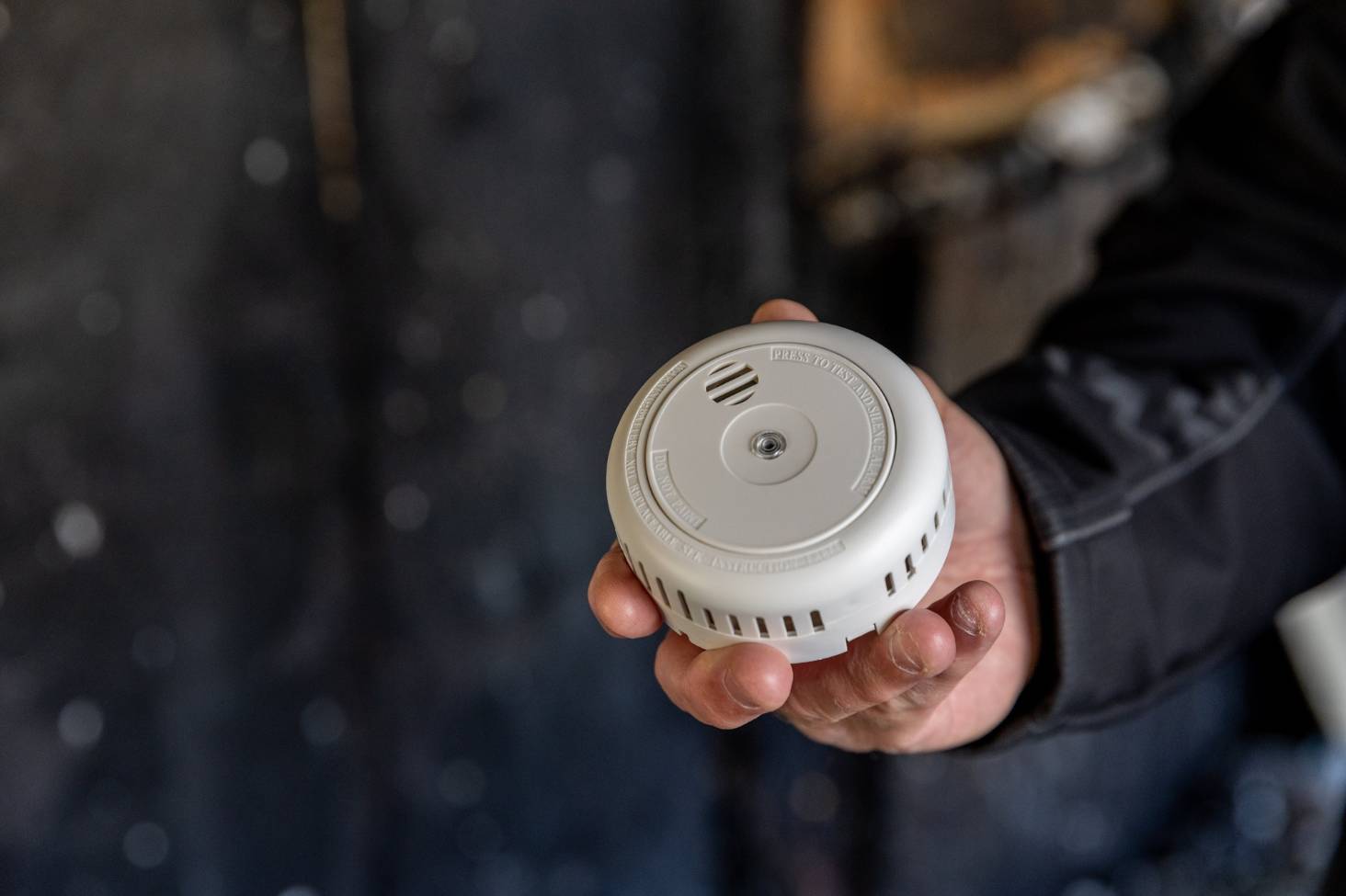
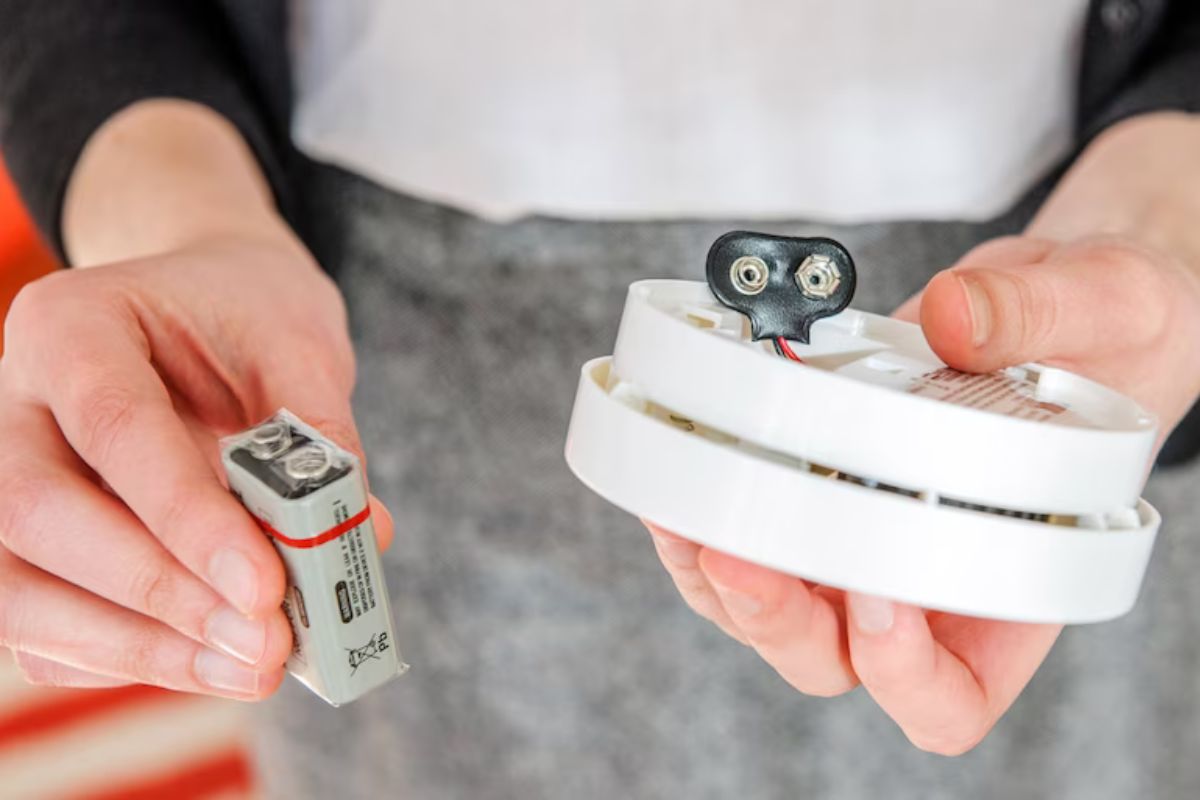
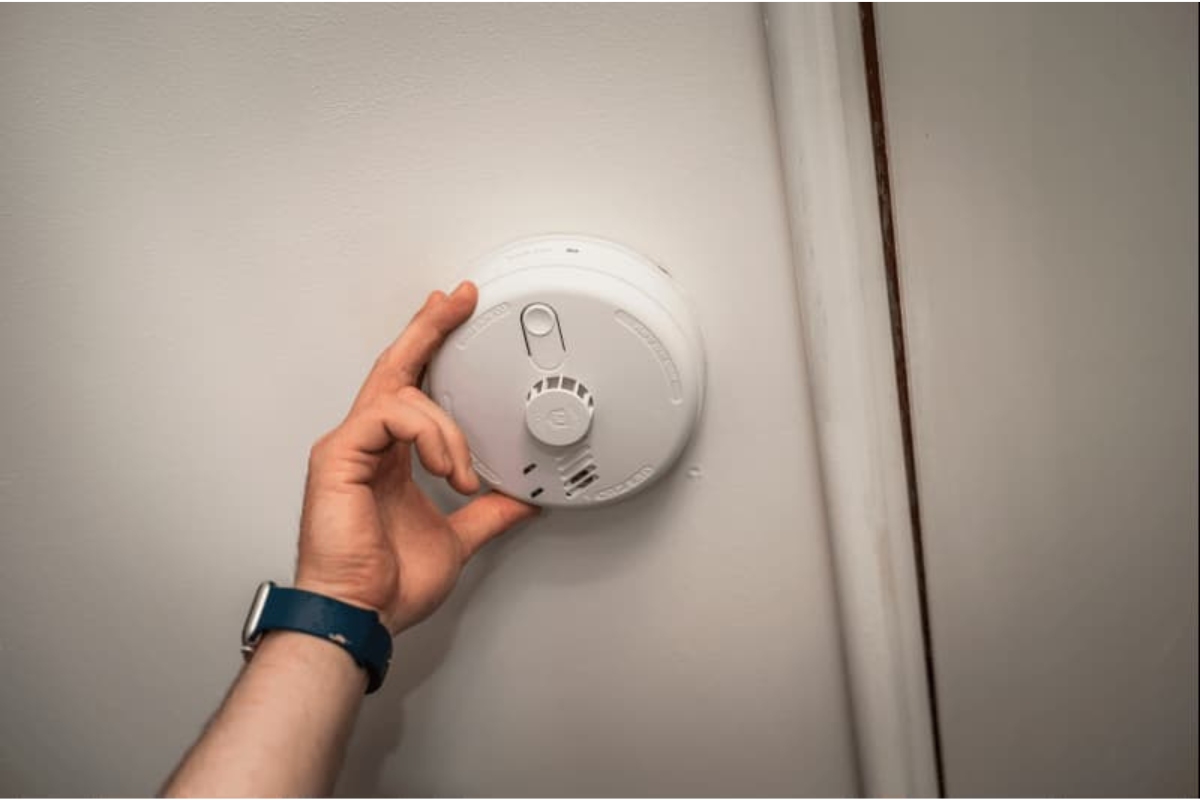
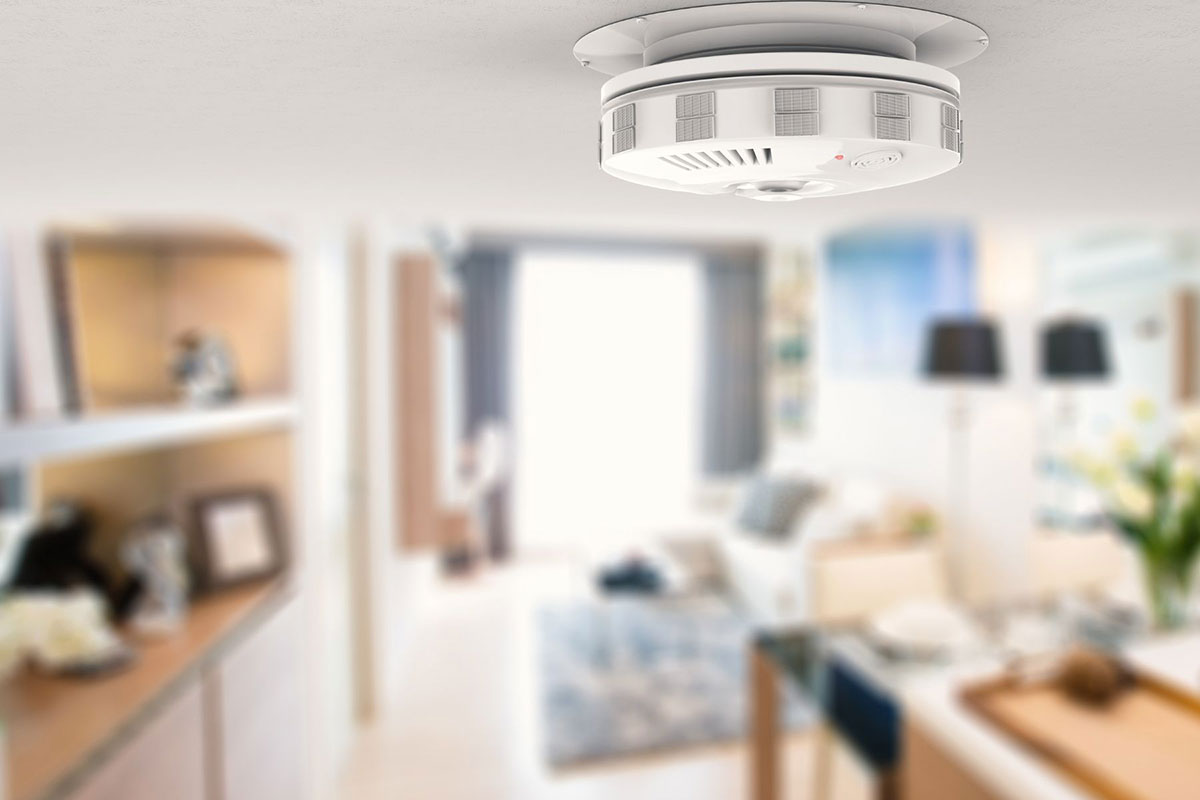
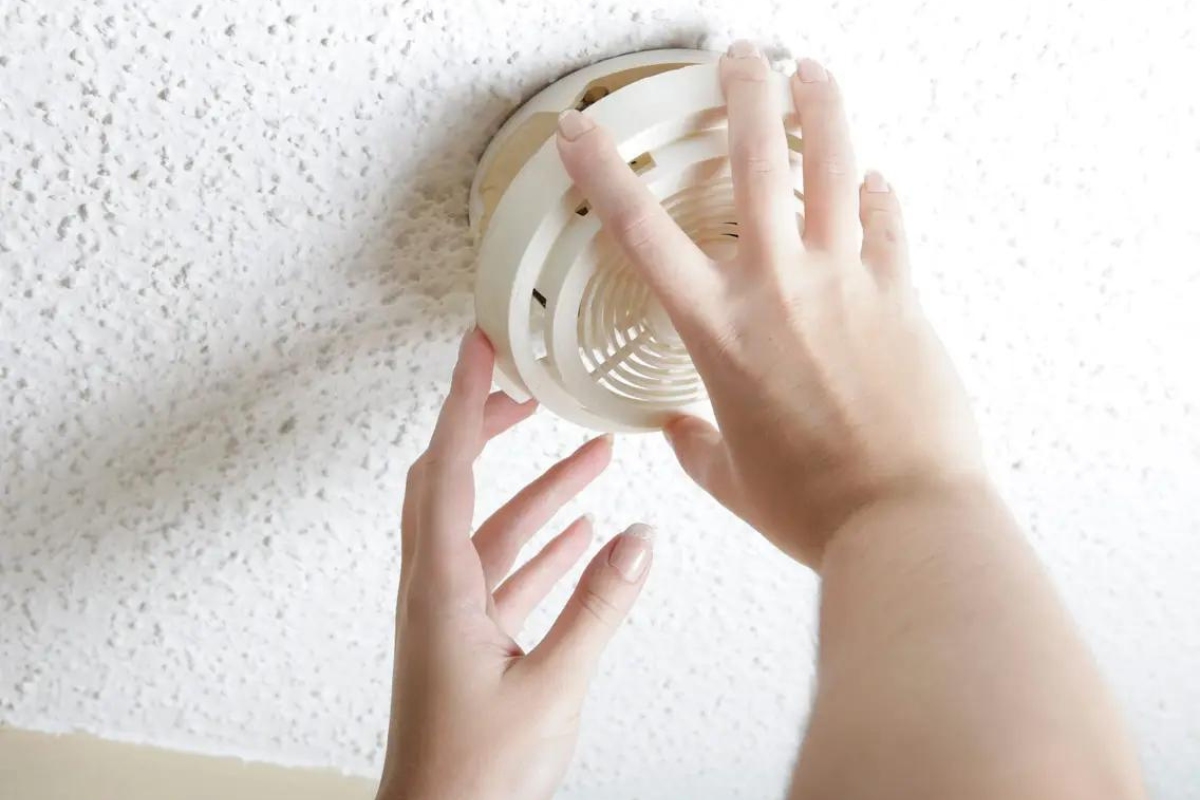
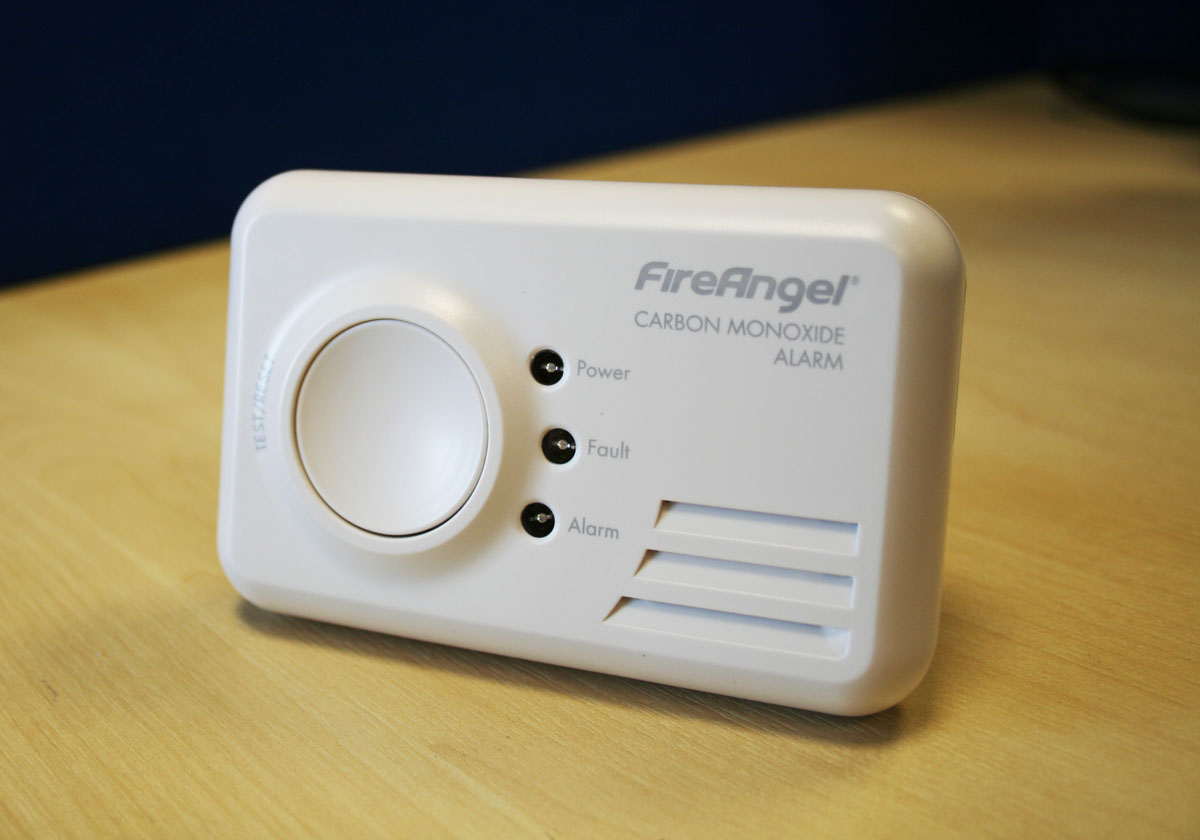
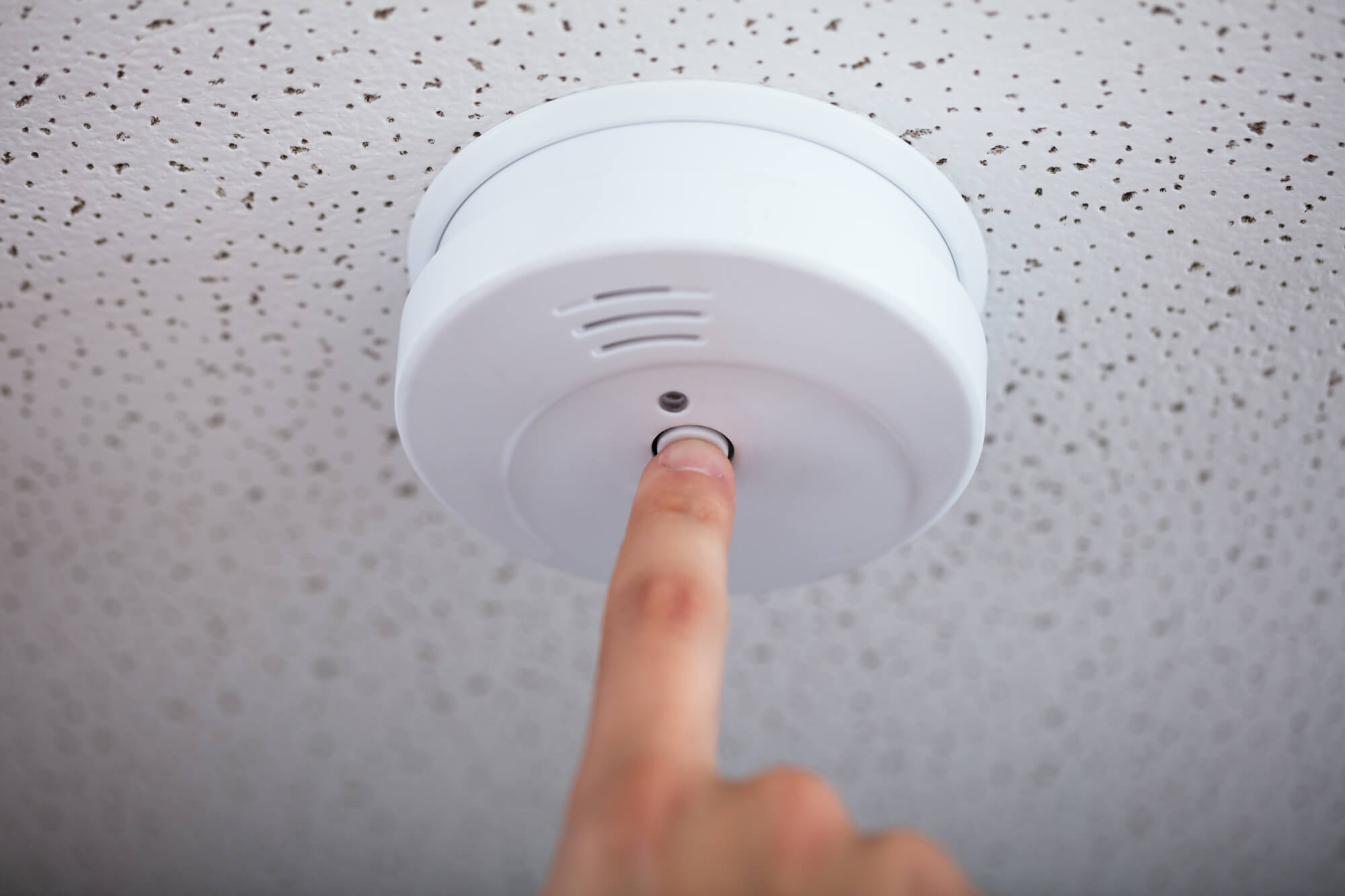
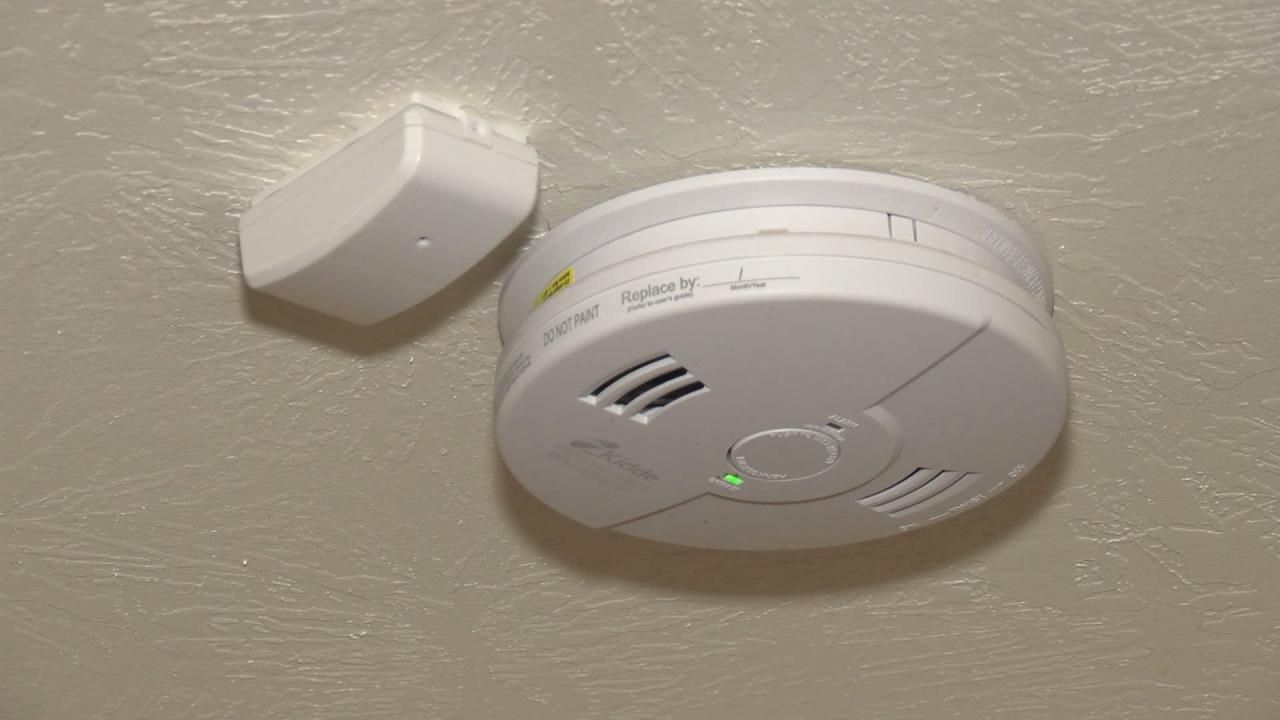
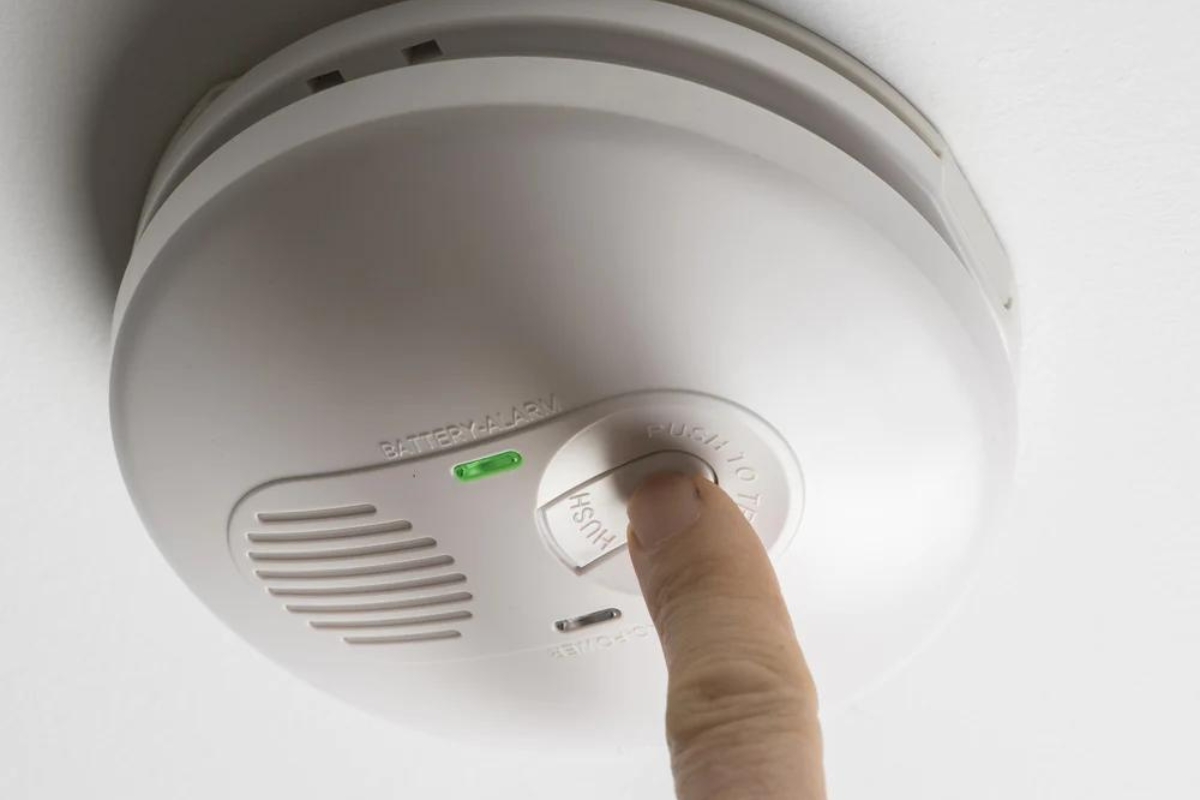

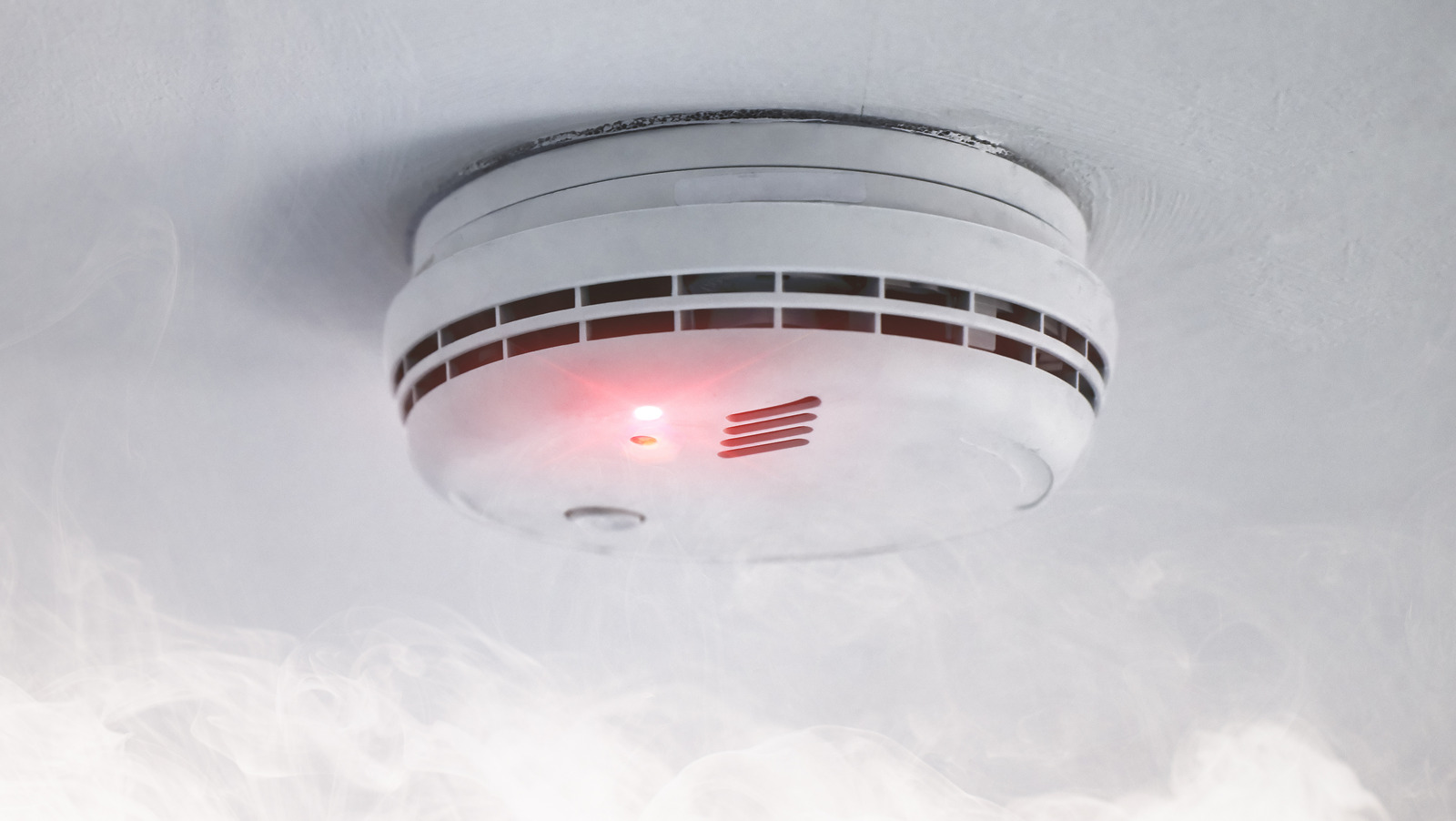
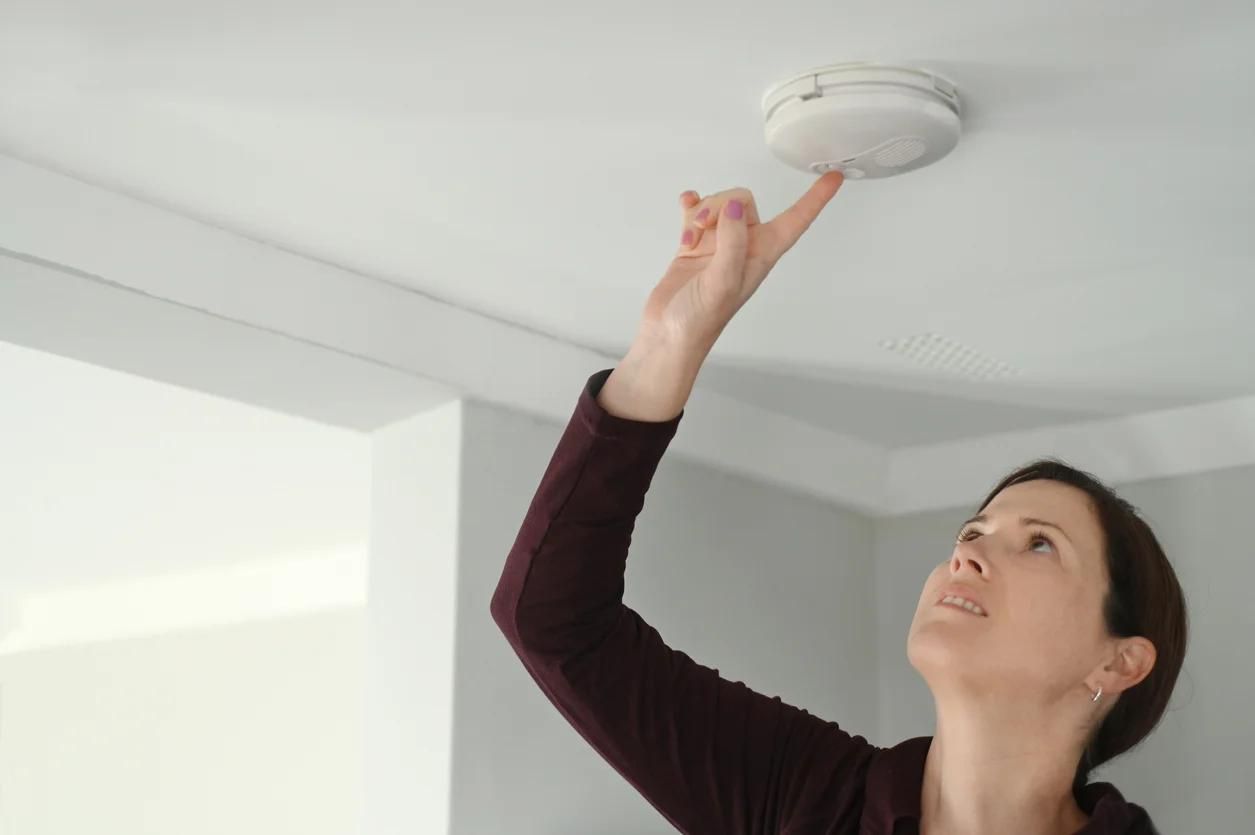
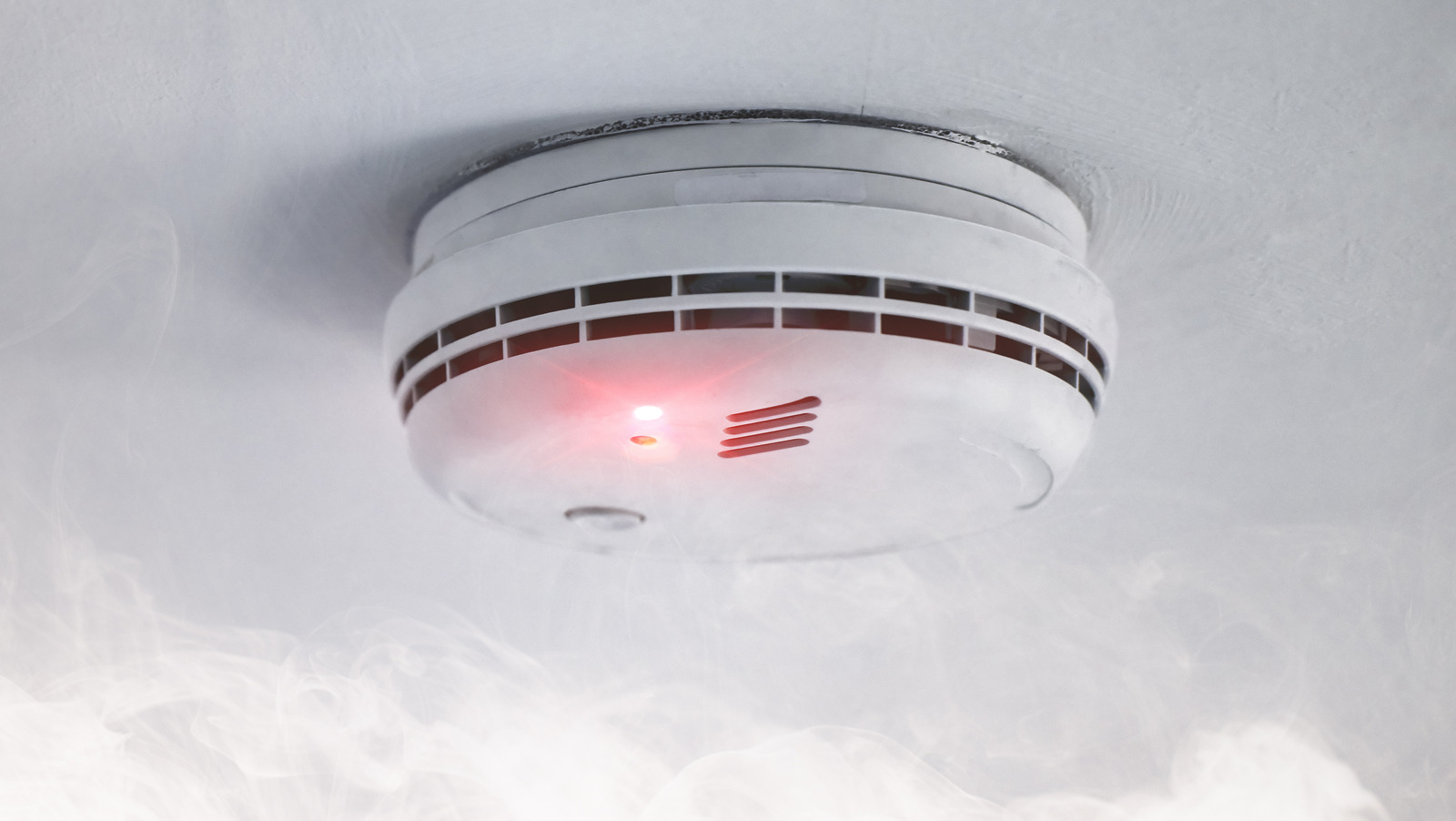

0 thoughts on “Why Does The Smoke Detector Go Off When The Heat Is Turned On?”